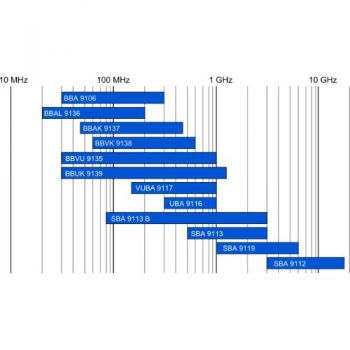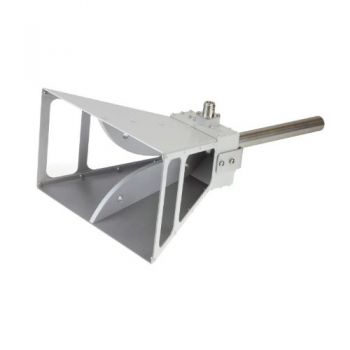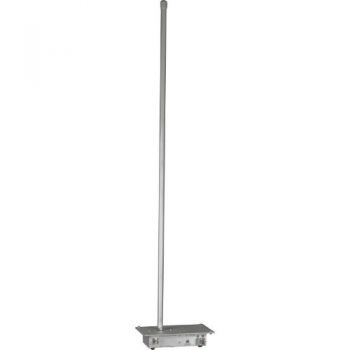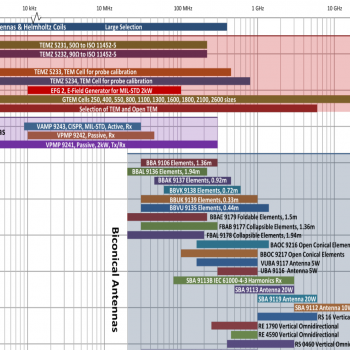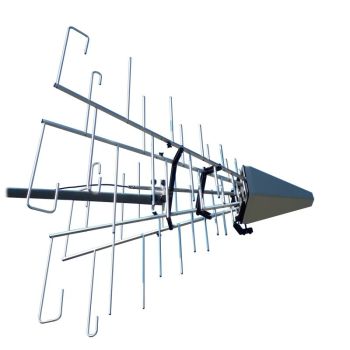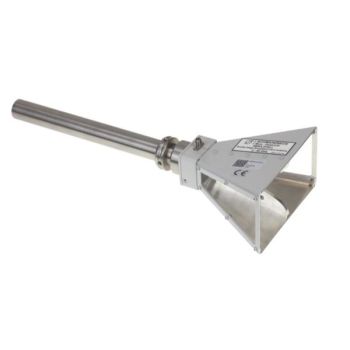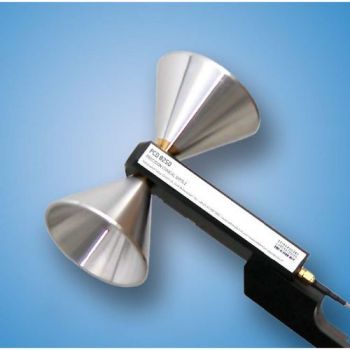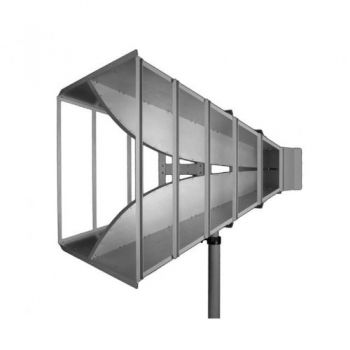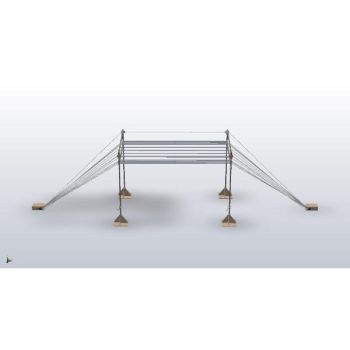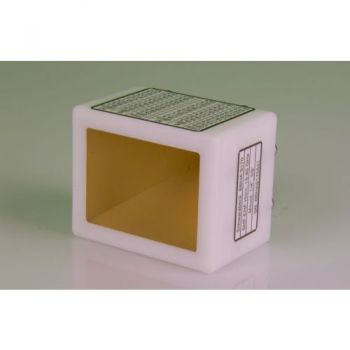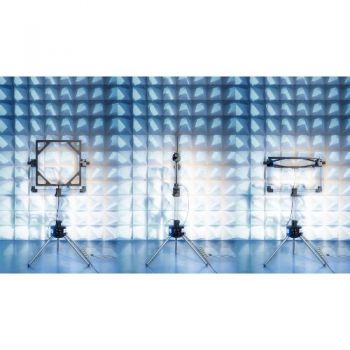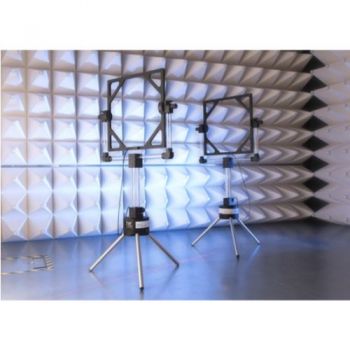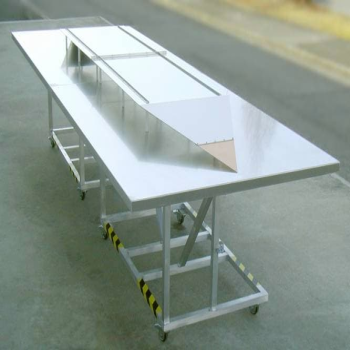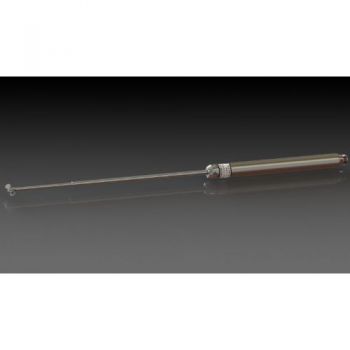
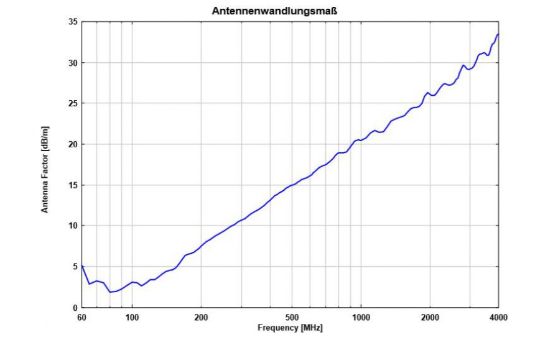
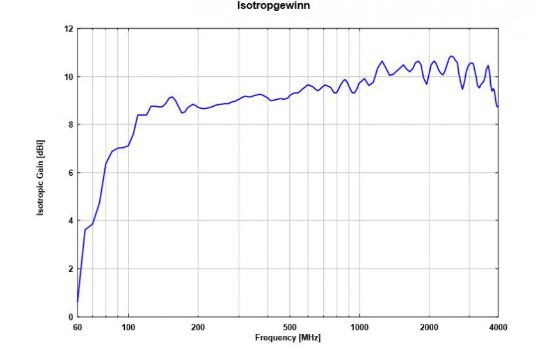

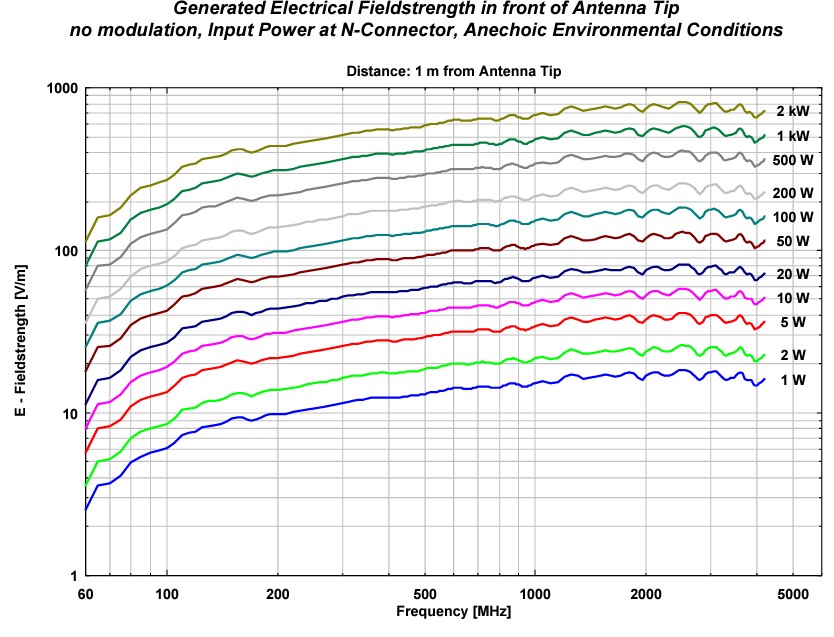
STLP 9128 D - 70 MHz - 4 GHz Stacked Log. Periodic Antenna
The stacked Log Periodic Dipole Antenna (Stacked LPDA) consists of two ordinary Log.-Per. structures. The excellent characteristics (flat gain over a large bandwidth, low SWR) of the ordinary LPDA designs could be maintained using the stacked LPDA design. The stacked design helps to focus the directional pattern of the H-plane somewhat, resulting in a typical gain improvement of 2.5 dB compared to an ordinary LP antenna.
- (65)80-3000(4000) MHz
- Type 7/16 female or Type N female
PARTNER:
MARKETS:
TEST STANDARDS:
STLP 9128 D - Stacked Log Periodic AntennaThe stacked Log Periodic Dipole Antenna (Stacked LPDA) consists of two ordinary Log.-Per. structures. The excellent characteristics (flat gain over a large bandwidth, low SWR) of the ordinary LPDA designs could be maintained using the stacked LPDA design. The stacked design helps to focus the directional pattern of the H-plane somewhat, resulting in a typical gain improvement of 2.5 dB compared to an ordinary LP antenna. This is especially important for immunity testing, where a maximum field strength and a good field uniformity are required. The beamwidth in the E-plane and the H-plane are nearly identical, providing an optimized illumination of the EuT with minimized ground reflection influence. Further, the cross-polar rejection of the STLP 9128 D is excellent. The fastlinks allow disassembling the rear elements without any need for further tools within a few seconds. These fastlinks divide the antenna into five parts, which can be stored and transported easily.
The fastlinks allow disassembling the rear elements without any need for further tools within a few seconds. These fastlinks divide the antenna into five parts, which can be stored and transported easily. Recommended Adapter: AA 9209. Main Application: Generation of defined field strength levels for immunity testing with good field uniformity and limited space.
|





